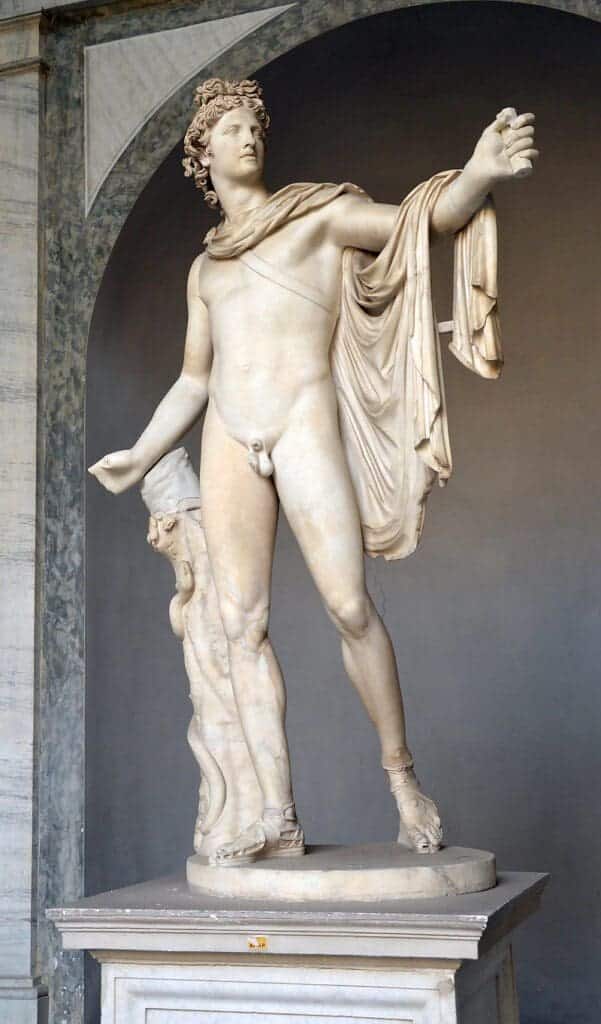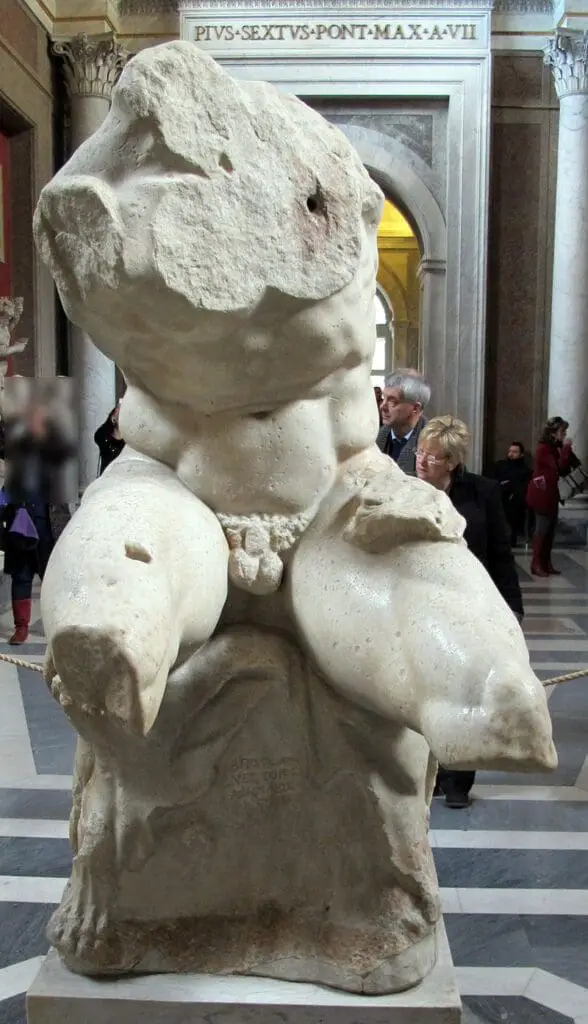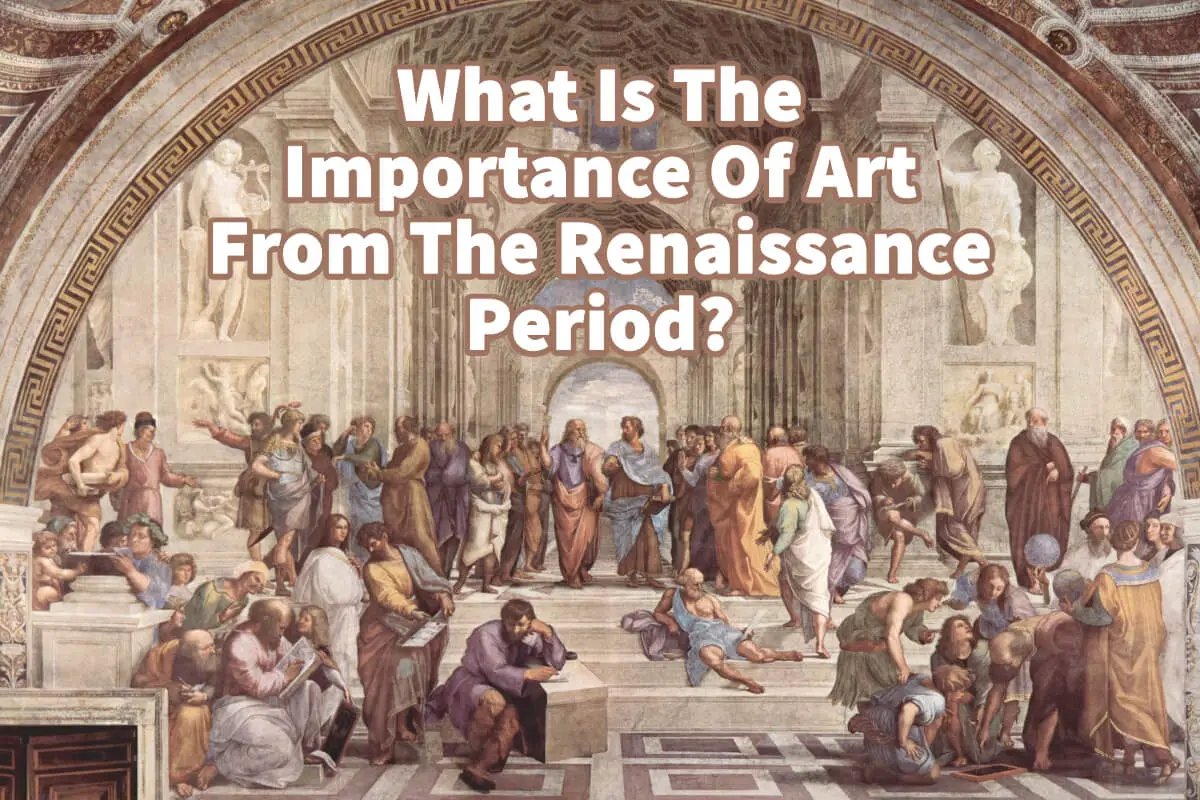When looking at art, the significant period of art was the Renaissance. It was a great time of rebirth, learning, and discovery. Art and the artists were the driving force of this vital change.
Renaissance art is essential as it was a time of rebirth and discovery. Artists like Leonardo da Vinci, Michelangelo, and Raphael were at the forefront of that change, creation, and discovery. Renaissance art has influenced art and artists for many centuries and continues to influence artists today.
Table of Contents
- Renaissance Period And Art Importance
- Renaissance – Time Of Rebirth
- 10 Fascinating Facts about the Renaissance Era of Art
- Frequently Asked Questions About the Renaissance Period of Art
- Related Questions
Renaissance Period And Art Importance
The Renaissance was known as a time of rebirth. Europe was coming out of what was known as the Dark Ages, medieval times, or Middle Ages.
The Renaissance is about art, painting, sculpture, architecture, music, and literature produced in Europe during the 14th, 15th, and 16th centuries. The Renaissance also marked a time of new awareness of nature, classical learning, and a more realistic overview of the human body.
During the Renaissance, emotion was shown throughout the art. Art reveals the human form, along with human behavior, pose, or gestures, as not seen in art before.
In Renaissance art, the artist showed human beings in a natural state or as humans doing what we do, interacting or reacting to each other.

One of my favorite pieces of artwork that shows this is Leonardo da Vinci’s The Last Supper, where he forever captured the reaction of the twelve apostles at the exact moment when Christ told them that one of them would betray him.
Leonardo showed us all the emotions and reactions in a classic Leonardo style. Judas clutches his purse with the coins he betrayed Christ. Peter grabs a knife to symbolize when he would later cut off the Roman soldier’s ear. Christ calmly sits at the Last Supper Table through all these emotions and reactions.
Renaissance art helped bring a lot of emotions, human behavior, science, and technique into the artwork that artists have been inspired for centuries.
Art is essential as art throughout the centuries will show the values and thinking of those living in that time, and the Renaissance is no exception. The Renaissance helps to give us a glimpse into people’s lives and thinking during that time frame.
Science, Our Human Body, And Renaissance Art

During the Renaissance, there was a direct link between many artists and science and the discovery of the human body. Perhaps no other Renaissance artists emphasized this more than Leonardo da Vinci.
Leonardo was not just an artist, but he was a scientist. He is said to have personally cut up or assisted in cutting up at least 30 human bodies during his lifetime.
He wanted to know and understand how the human body worked. He is known as the first person to cut up a pregnant woman and study the womb.
Leonardo did this for many reasons, but one reason was that he was curious to learn about the human body and the human figure. The other was that he wanted to understand the human form to perfect it in his paintings and art.
He did all this in great personal danger to himself (the Catholic church at the time frowned upon this kind of behavior). He wrote down many of his findings using a code in his notebooks.
Leonardo did leave us some magnificent drawings of the human body and exquisite details of his discoveries, all drawn up and documented. Leonardo da Vinci is known as the ultimate Renaissance man. He was undoubtedly a genius who was unafraid to study anything.
Because of this, he was not just a scientist and artist but also an inventor, architect, and philosopher. Leonardo, the solitary genius Renaissance man, wanted to learn and experience everything and anything.
Leonardo shows how art and the artist joined in the rebirth not just for art but for discoveries in other fields, such as science. He was not afraid to experiment, create and invent.
His discoveries of the human body and the realistic paintings and sculptures of the Renaissance influenced artists for centuries to come; even today, artists are influenced and inspired by many of the Renaissance artists and their works.
Leonardo also showed us how thin the line could sometimes be between discovery, science, invention, creation, and art.
Renaissance Art – Greek And Rome
People had just come out from a very dark time in Europe during the Renaissance. People wanted to feel safe again, so they turned to the past and looked to Greece and Rome.
Also, during that period, Rome was expanding. New buildings were being built; farmers were moving onto lands once abandoned and in disarray.



With this movement also came discoveries from Greek and Roman artifacts that were once buried were found again. During the Renaissance, statues from ancient Greece and Rome, such as Belevedere Apollo, Belevedere Torso, and Laocoon, were again discovered.
Ancient masterpieces were being found, adding to the allure of the artists looking to Greece and Rome for inspiration. Artists like Michelangelo could personally view these statues up close at the Vatican and study the work of the ancient Greek and Roman artists.
Michelangelo was also a creative genius from the Renaissance era. He was not afraid to tackle vast projects like painting the Sistine Chapel’s ceiling.
Renaissance – Time Of Rebirth
At the core of this time, the Renaissance came with discoveries, techniques, and even new enlightenment. It was a time of rebirth for Europe and particularly Italy.
The driving force of this rebirth was Renaissance art and artists. These genius artists as Leonardo, Michelangelo, and Raphael, plus many of the other great ones, caused a massive rebirth in art and the artwork, but they also forever changed the world with their art.
We are lucky today to be able to see and experience a lot of these masterpieces firsthand. Whether it is the Sistine Chapel ceiling, the David statue, the School of Athens, the Last Supper, or the Mona Lisa, we can learn about and discover all these fabulous works of art today.
10 Fascinating Facts about the Renaissance Era of Art
The Renaissance, a cultural movement that spanned roughly from the 14th to the 17th century, was a time of profound transformation and rebirth in art, science, and literature. Originating in Italy, this period witnessed the revival of classical learning and values, propelling artists to reach new heights of creativity and innovation.
Here are ten intriguing facts about the art of the Renaissance:
- Birth of Linear Perspective: One of the most groundbreaking contributions of Renaissance artists was the development of linear perspective. This technique, pioneered by artists like Filippo Brunelleschi, enabled them to create three-dimensional space on a flat canvas, revolutionizing the depiction of space in art.
- Revival of Classical Antiquity: Artists of the Renaissance drew inspiration from classical Greek and Roman art. They admired ancient art’s naturalism, idealized figures, and narratives and sought to replicate those qualities in their work.
- Rise of Secular Art: While religious themes continued to dominate, the Renaissance saw an increase in secular subjects. Portraits, scenes from daily life, landscapes, and mythological subjects became more prevalent, reflecting the growing humanist ideals of the era.
- The Birth of Art Patrons: The Medici family in Florence is perhaps the most famous patron of the arts during this period. Their patronage supported artists like Botticelli, Michelangelo, and Leonardo da Vinci, ensuring that Florence became the artistic capital of the Renaissance.
- Oil Paint Revolution: Though oil paint had been used before, the Northern Renaissance artists, especially in the Low Countries, perfected its use. Jan van Eyck was among those who popularized the medium, allowing for richer color, more texture, and greater depth in artworks.
- High Renaissance Trinity: The period between 1490 and 1527, known as the High Renaissance, was marked by the works of the three unparalleled masters: Leonardo da Vinci, Michelangelo, and Raphael. Their masterpieces, such as the Mona Lisa, the Sistine Chapel ceiling, and The School of Athens, remain iconic.
- Human Anatomy in Art: Leonardo da Vinci’s meticulous studies of the human body led to more accurate and lifelike representations of the human form. He famously acquired cadavers for anatomical studies, which vastly improved the physiological accuracy of Renaissance art.
- Printmaking Emerges: The Renaissance era also saw the emergence of printmaking as an art form. Albrecht Dürer from the Northern Renaissance was a pioneer in this field, producing woodcuts and engravings that garnered widespread acclaim.
- The “Paragone” Debate: During the Renaissance, there was an ongoing debate called “paragone,” which revolved around the supreme art form – painting or sculpture. Leonardo da Vinci and Michelangelo, being masters in both domains, often found themselves at the heart of this discourse.
- Venetian School’s Contribution: While Florence and Rome were the main artistic hubs, Venice also played a crucial role. The Venetian school, with artists like Titian, Veronese, and Tintoretto, was known for its luminous colors and emphasis on the interplay of light and shadow, achieved through distinct layering techniques.
The Renaissance was more than just an era; it was a pivotal moment that shaped the trajectory of Western art. The advancements made during this period formed the foundation for subsequent art movements and continue to inspire artists and enthusiasts to this day.
Anita Louise Art is dedicated to art education, great artists, and inspiring others to find and create their art. We love art that uplifts and inspires. #ArtToMakeYouSmile! #ArtToMakeYouHappy!
If you want to see any of my art, you can find out more by clicking here. If you are interested in what inspires me and my paintings, you can discover more by clicking here.
We have a free newsletter and would love you to be part of our community; you can subscribe to the newsletter by clicking here. If you have any questions, I would be happy to talk to you anytime. You can reach me, Anita, by clicking here.
Subscribe to our Anita Louise Art YouTube Channel with great videos and information by clicking here.
Join us for our podcast “5 Minutes With Art.” Spend 5 minutes a week with us to discover and learn about great art and artists. You can find out more about our podcast by clicking here.
Frequently Asked Questions About the Renaissance Period of Art
What is the Renaissance period?
The Renaissance period was a time of cultural and artistic rebirth in Europe from the 14th to the 17th century.
What was the focus of Renaissance art?
Renaissance art focused on the human form and individualism, using perspective, shading, and naturalism to create a more realistic world representation.
Who were some famous Renaissance artists?
Some famous Renaissance artists include Leonardo da Vinci, Michelangelo, Raphael, Donatello, Botticelli, and Titian.
What was the significance of the invention of the printing press during the Renaissance period?
The invention of the printing press allowed for the mass production of books and other printed materials, which helped to spread knowledge and ideas throughout Europe.
How did the Renaissance impact society?
The Renaissance had a significant impact on society by promoting the idea of individualism, humanism, and secularism and by leading to advancements in science, art, and literature.
What is humanism?
Humanism is an intellectual movement that focuses on the study of human nature, values, and potential and that emphasizes the importance of reason and individualism.
What is the difference between Renaissance art and medieval art?
Renaissance art is characterized by its use of perspective, realism, and naturalism, while medieval art is more stylized and symbolic.
What was the role of patrons in Renaissance art?
Patrons played a significant role in Renaissance art by commissioning works of art and providing financial support to artists.
What was the significance of the Medici family during the Renaissance?
The Medici family was a powerful banking family from Florence, Italy that played a significant role in patronizing Renaissance art and literature.
What was the significance of the Sistine Chapel ceiling?
The Sistine Chapel ceiling, painted by Michelangelo, is considered one of the greatest works of Renaissance art and is known for its complex composition and vivid colors.
What was the legacy of the Renaissance?
The legacy of the Renaissance includes advancements in art, literature, science, and philosophy, as well as the promotion of humanism and individualism and the emergence of modern thought and culture.
Related Questions
Greek And Rome’s Influence On Renaissance Art
The Renaissance, as a period of rebirth, was greatly influenced by the classical ancient art of Greek and Rome. During this period, many of these works of art were also rediscovered, which led to the discovery of realism, symmetry, and harmony in the arts. Greek and Roman art also influenced the subject matter of many of Renaissance artists.
By clicking here, you can learn more by reading Greek And Rome’s Influence On Renaissance Art.
Why Was The Human Figure So Important To Renaissance Art?
The human figure was significant to the Renaissance artists; they showed the realistic human form. They understood that to show the human form adequately, they needed to study it and understand it better. The classical statues of Greek and Rome greatly influenced these Renaissance artists and their desire to depict the perfect human form. It can be said that Renaissance artist started their study of the human figure where the Greek and Roman artists left off.
By clicking here, you can learn more by reading Why Was The Human Figure So Important To Renaissance Art?.
50 + Quotes From Renaissance Artists
The renaissance was a modern time for art during the 14th, 15th, and 16th Centuries. It is also the period in European history that marked the transition from the dark Middle Ages to the modern era known as the renaissance period. We are great fans of the renaissance and many renaissance artists. So we have created for you 50+ of some of our favorite renaissance era artist quotes.
By clicking here, you can learn more by reading 50 + Quotes From Renaissance Artists.

